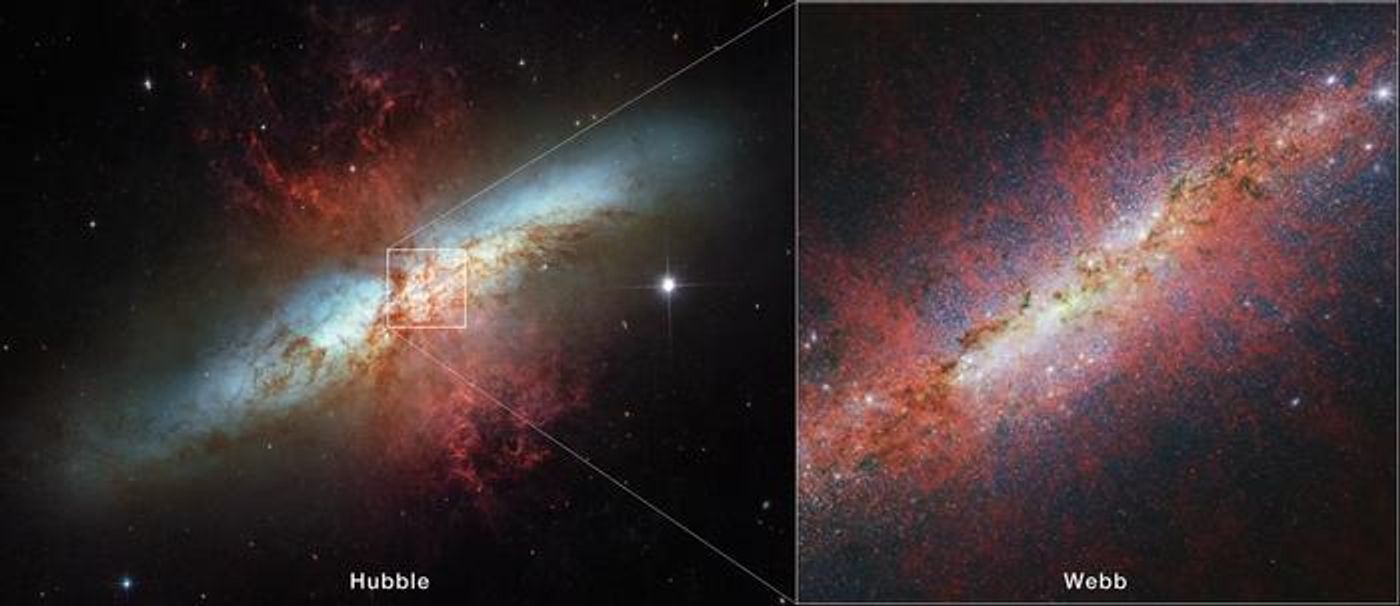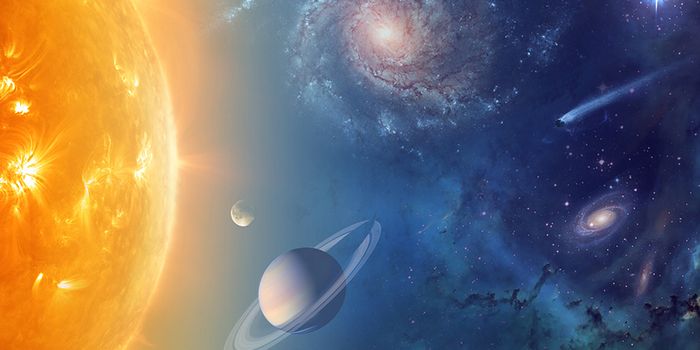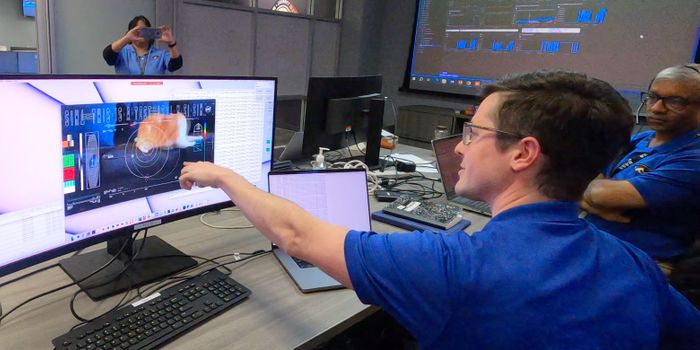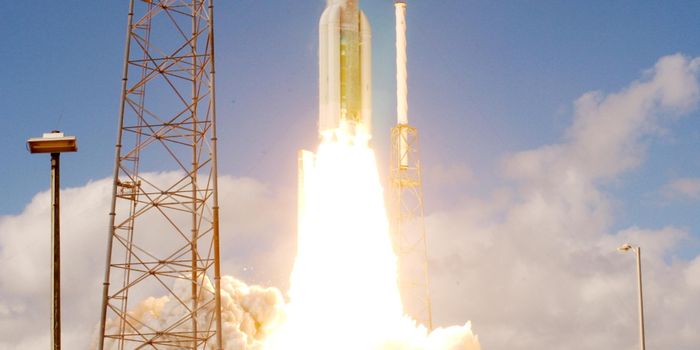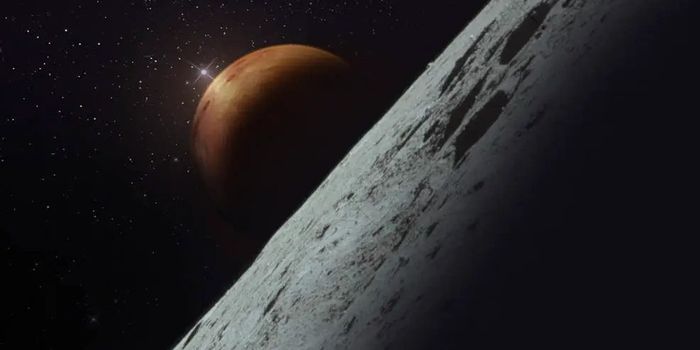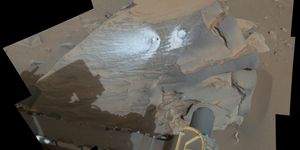Unveiling the Starburst: James Webb's Survey of Messier 82
The Messier 82 Galaxy (commonly known as M82) is a starburst galaxy located approximately 12 million light-years from Earth, with starburst meaning it is experiencing an unusually high rate of star formation, with approximately 10 times the number of stars being formed compared to our own Milky Way Galaxy. While M82 has a long history of being studied, specifically by NASA’s Hubble Space Telescope, a recent study published in The Astrophysical Journal uses data from NASA’s James Webb Space Telescope (JWST) to conduct more in-depth observations of M82 and its starburst characteristics.
Images of Messier 82 obtained by NASA's Hubble in 2006 (left) versus recent images obtained by NASA's JWST (right). (Credit: NASA, ESA, CSA, STScI, A. Bolatto (University of Maryland))
“M82 has garnered a variety of observations over the years because it can be considered as the prototypical starburst galaxy,” said Dr. Alberto Bolatto, who is a professor in the Department of Astronomy at the University of Maryland and lead author of the study. “Both NASA’s Spitzer and Hubble space telescopes have observed this target. With Webb’s size and resolution, we can look at this star-forming galaxy and see all of this beautiful, new detail.”
For the study, the researchers used JWST’s powerful near-infrared camera (NIRCam) instrument to analyze the primary region of starburst activity located at the center of M82. Through this, the researchers were able to first-time examinations of the layout of the galactic wind that is produced from the starburst activity, specifically through what are known as polycyclic aromatic hydrocarbons (PAHs) and are observed in JWST data as red filaments that travel away from the primary region where the starburst activity is occurring.
“Webb’s observation of M82, a target closer to us, is a reminder that the telescope excels at studying galaxies at all distances,” said Dr. Bolatto. “In addition to looking at young, high-redshift galaxies, we can look at targets closer to home to gather insight into the processes that are happening here – events that also occurred in the early universe.”
How will JWST help astronomers learn more about starburst activity in the coming years and decades? Only time will tell, and this is why we science!
As always, keep doing science & keep looking up!
Sources: NASA, The Astrophysical Journal, EurekAlert!, NASA (1)
